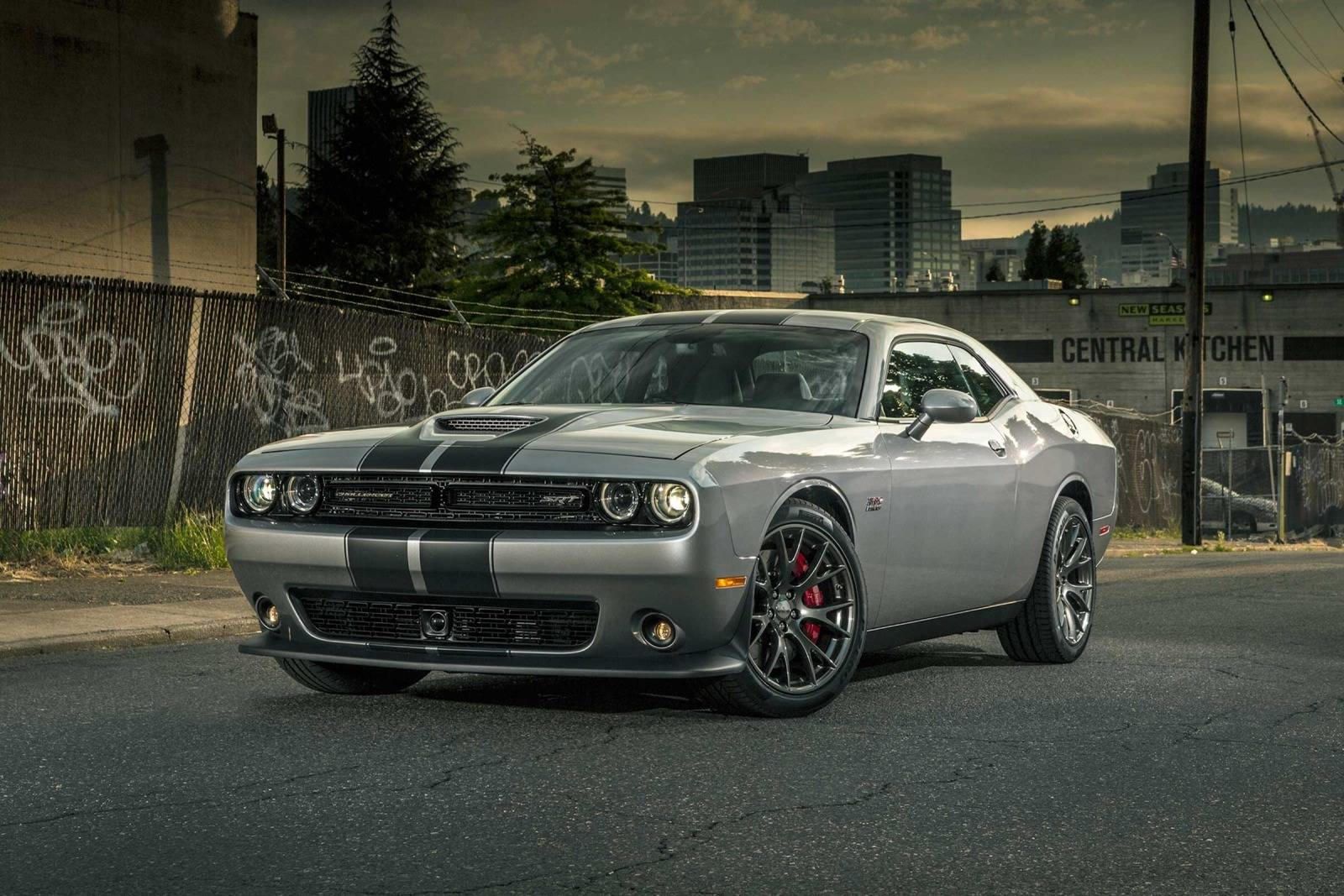
On paper, the Dodge Neon sounds like an interesting proposition but the reality is somewhat different. The first generation Neon, also sold as the Plymouth Neon for some reason despite zero cosmetic or powertrain differences, launched back in 1994. It was a big deal at the time because Chrysler was making a serious effort to produce a solid small car designed to compete against the Honda Civic and Toyota Corolla. But as was typical of Chrysler (and GM and Ford) at the time, overall build quality was lackluster. Yet Neon's good looks ensured its popularity.
Available as a coupe or sedan, the first generation Neon was on sale until 1999. During its lifetime, two performance versions were offered, the ACR and R/T. Though not amazing on power, they were more fun to drive than the standard variants. The second-gen Neon launched for the 2000 model year and though it was immediately recognizable as a Neon, enthusiasm for it wasn't quite at the same level as its predecessor's. The coupe was dropped.
The R/T trim also returned, powered by a new 2.0-liter four-cylinder with 150 hp. Dodge equipped it with 16-inch wheels, a rear spoiler, dual chrome exhaust tips, and improved steering and stiffer springs. But it wasn't until 2003 that the only second-gen Neon really worth buying arrived, the SRT-4. By this time, Daimler's influence had taken full effect since it merged with Chrysler in 1998. There were now better resources to turn the Neon into a genuine little performance car, and that's exactly what was done.
The Neon SRT-4 came powered by a 2.4-liter inline-four producing 215 hp and 245 lb-ft of torque, though this was increased to 230 hp and 250 lb-ft the following year until the end of its production cycle. The sole transmission was a five-speed manual. What's interesting is that DaimlerChrysler sandbagged those results. Several independent tests revealed as much as 250 hp and 262 lb-ft. Regardless of the actual figures, the performance was also quite respectable with a 0-60 mph time of 5.6 seconds for the 2003 model and 5.3 seconds for the remaining model years. Top speed was 153 mph.
Amazingly, the 2003 Neon SRT-4 was the second-fastest stock production vehicle in Chrysler and Dodge's lineup. Number one was the Dodge Viper. Another interesting Neon SRT-4 tidbit is the "SRT" name itself. At the time, the SRT division didn't exist like it does today, but DaimlerChrysler wisely realized a performance division was necessary for a number of reasons, among them to attract young performance buyers. The Specialty Vehicle Engineering (SVE) division was tasked with testing and developing a number of potential projects and the Neon SRT-4 was one of them. By 2002, the division was renamed Performance Vehicle Operations (PVO), but that name only lasted until 2004 when it changed to Street & Racing Technology, or SRT. That means the Neon SRT-4 was the first mainstream SRT model. However, there was still one problem with it: the Neon nameplate.
By 2004, Dodge removed "Neon" and sold the car simply as "SRT-4." The car proved to be so popular that despite Dodge's initial prediction of just 2,500 units annually, over 25,000 examples were built between 2003 and 2005. The Dodge SRT-4 died when the Neon itself was replaced by the Caliber for the 2006 model year. It wasn't until 2008 that the Caliber SRT-4 arrived, but the Neon SRT-4 rightly deserves our respect.
Today you can buy one for a very reasonable $4,600 on Craigslist. The seller is located in Orlando, Florida and by the looks of the photos, this 2003 example seems to be in pretty good condition, despite its 187,400 miles. The seller provides a recent maintenance list and various other relevant information, such as some mild tunes. For anyone who desires an affordable pocket rocket whose cool exterior design matches its performance capabilities, look no further. Although it's outdated, the Dodge Neon SRT-4 may already be considered a worthy collector's car.
